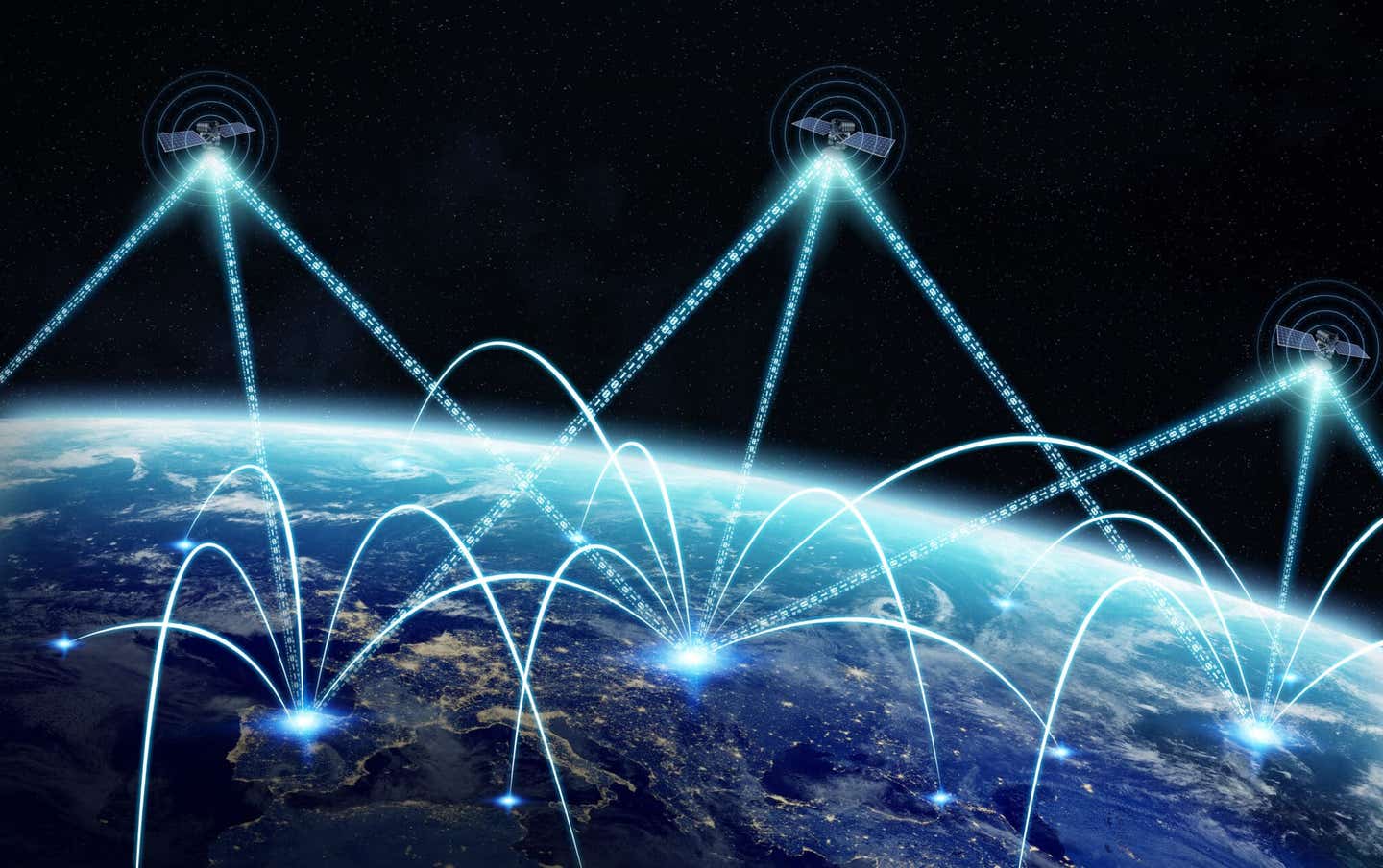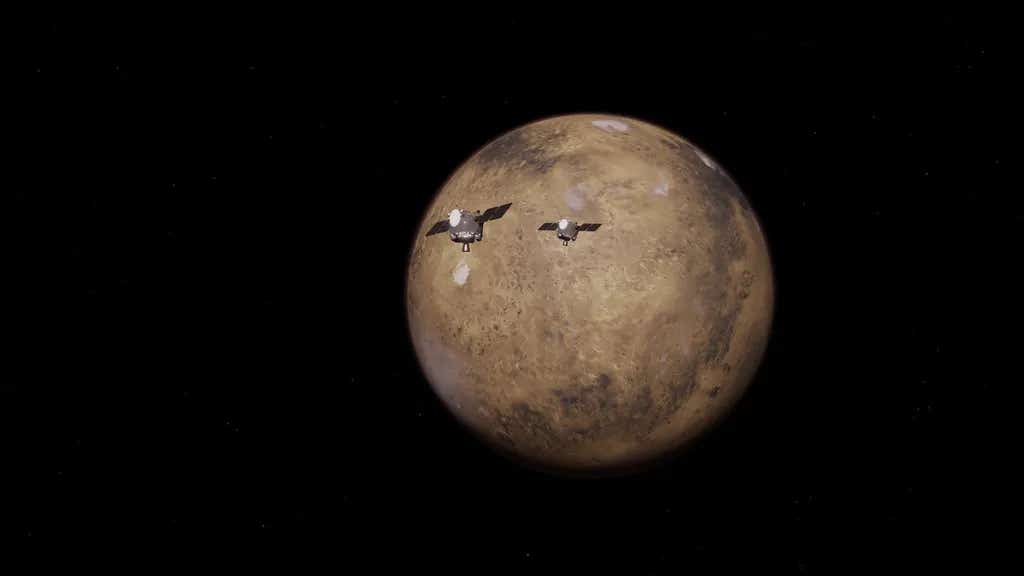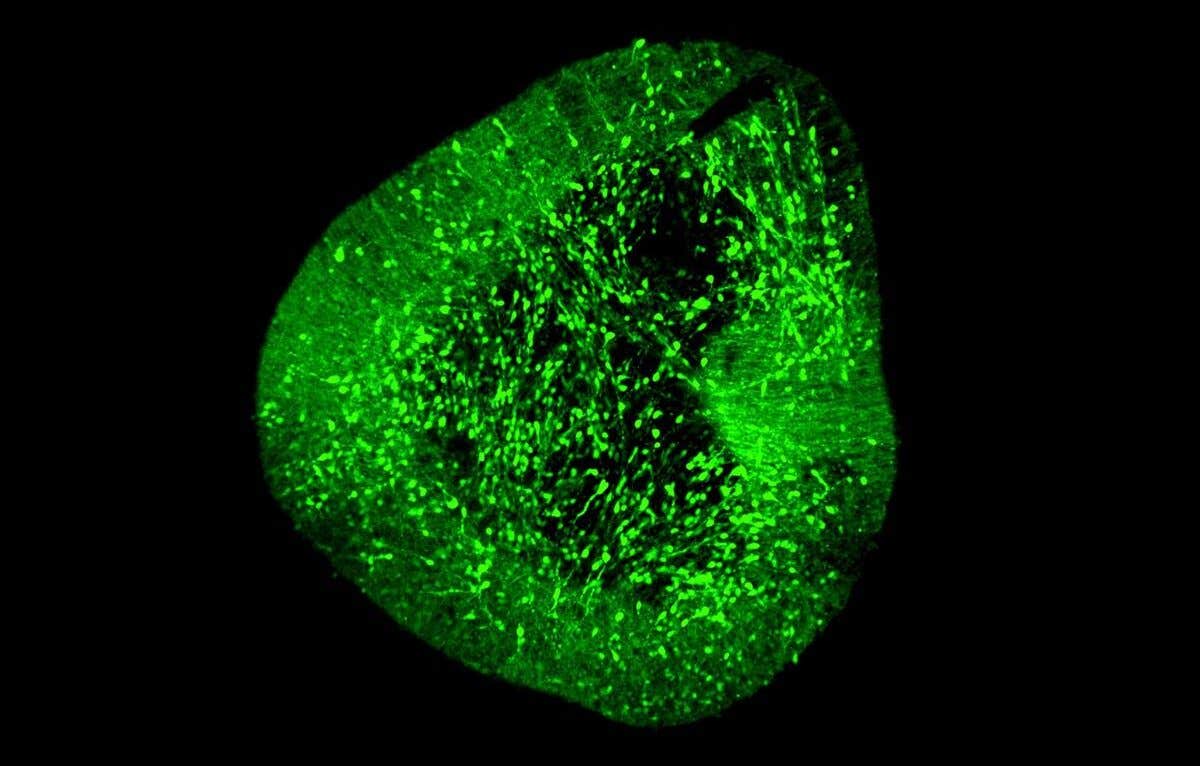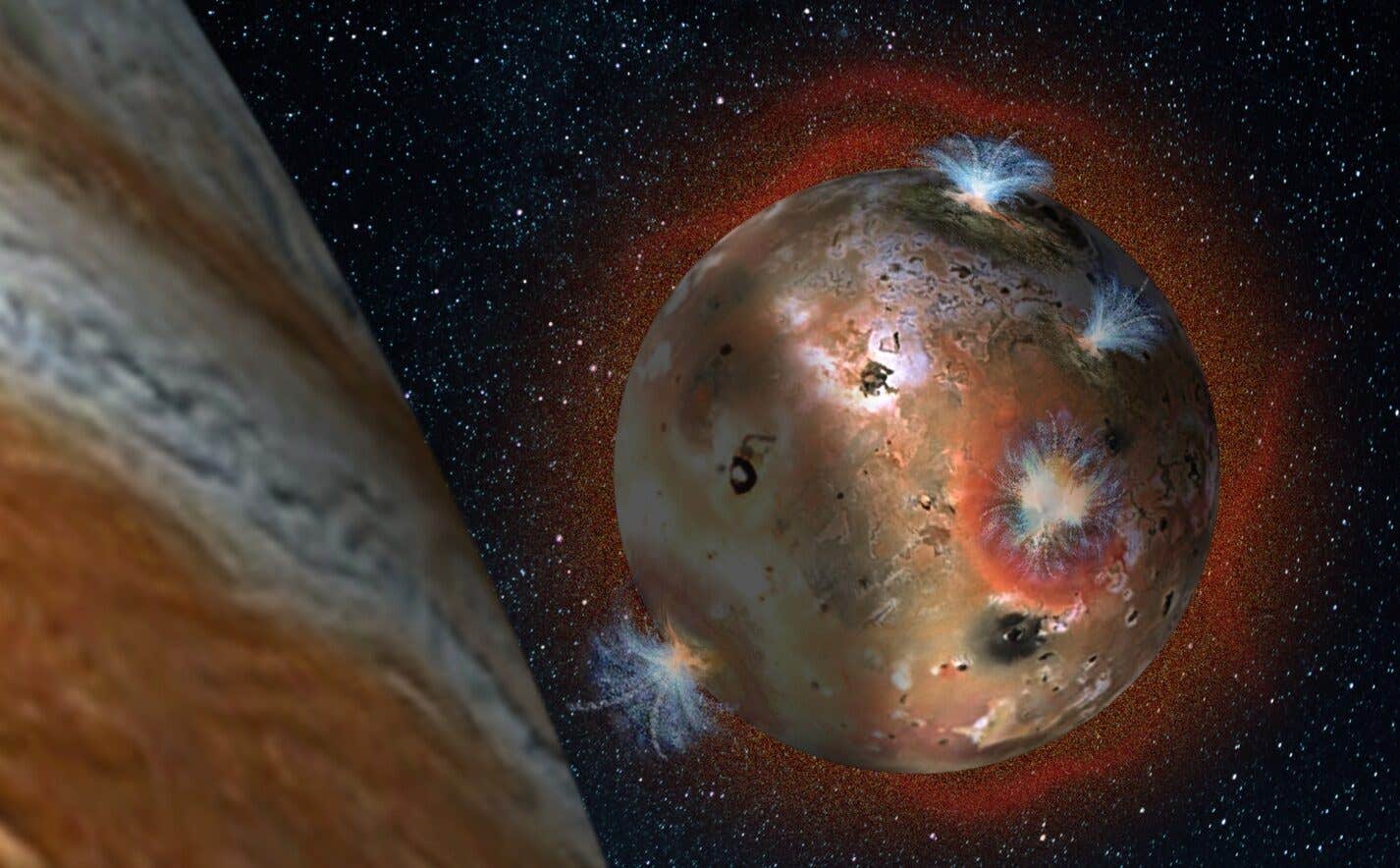Ground-based satellite uplink revolutionizes quantum communication
New research shows that ground-to-satellite quantum entanglement is possible, opening paths to global quantum networks.

 Edited By: Joseph Shavit
Edited By: Joseph Shavit

A new study shows that satellites can create high-quality entanglement from photons sent up from Earth. (CREDIT: Adobe Stock)
For years, scientists have imagined a future where secure quantum links circle the planet from space. Satellites would create pairs of entangled photons and send them down to distant stations on Earth. Those fragile particles of light would then help build the backbone of global quantum communication.
A new study flips that idea. Instead of sending quantum signals down from the sky, it asks whether the signals could be fired upward from the ground. The concept sounds simple at first, yet it challenges decades of assumptions about what is possible in quantum networking.
The team behind this work built its case with careful modeling. The researchers, led by Professor Simon Devitt and Professor Alexander Solntsev of the University of Technology Sydney, examined what would happen if two separate ground stations created entangled photon pairs, held one photon on Earth and sent the other up to a small satellite. Once in orbit, the two incoming photons would undergo a special joint measurement that ties the remaining photons on the ground into a shared quantum state.
What Happens When Light Climbs Toward Space
Sending a photon straight upward is far harder than letting gravity help it fall. The atmosphere scatters light, bends it and shifts it. Tiny changes in humidity, temperature and turbulence can nudge a beam off course. The satellite can only collect light through a narrow opening, and any small pointing error from the ground can cause the photon to miss the receiver entirely.
The study accounted for all these real-world problems. It modeled how beams spread as they rise, how turbulence makes their paths wander, how atmospheric molecules absorb light and how faint background photons sneak into the detectors. It even included the short period during which the satellite detectors are switched on, because the quantum interference at the heart of the measurement only works when the two photons arrive at almost the same moment. If their timing slips, the interference fades.
When everything was combined, the team found that an uplink channel, once considered unrealistic, can work under the right conditions. During nighttime, when stray light is low, the researchers showed that the satellite could achieve clear interference patterns between the two ground-sent photons. In many configurations, the entangled state created between the two distant stations reached fidelities above 0.8, and in the best scenarios climbed to about 0.97. Those numbers signal strong, usable quantum links.
Why Night Matters
The biggest threat to the uplink method is background light. During the day, sunlight scattered by the atmosphere floods detectors with extra clicks. Even moonlight can add noise. The study revealed that in daylight the entangled state drops to a fidelity of around 0.25, which is no better than random. Under those conditions, the technique becomes useless.
Night changes everything. With far fewer stray photons, the satellite has a clean view of the two incoming signals. The model showed that at night, and with a careful choice of timing gates, the satellite can pick out the right photons and perform a reliable measurement.
The researchers examined many operating points, adjusting the temporal width of the photon wave packets and the size of the detection window. Wider windows catch more photons but also allow more noise. Narrower windows keep the signal cleaner but reduce the chance that both photons arrive in time. Even with those trade-offs, the study identified sweet spots where the probability of a successful entanglement swap becomes high enough to be practical.
A New Perspective on Quantum Satellites
This approach offers something that downlink systems cannot. Ground stations can access huge power supplies, sometimes up to gigawatt levels. Satellites, on the other hand, must survive on about 10 kilowatts. That power limit restricts how many entangled pairs a satellite can generate.
By shifting the photon source to Earth, the satellite becomes a simpler device. It only needs a small optical circuit that performs the joint measurement and reports the result. This compact design reduces cost, weight and maintenance. It also paves the way for larger networks, since stronger photon sources can run on the ground where energy is plentiful and easy to manage.
Testing the Idea Beyond the Lab
The researchers believe the uplink method does not have to wait for large, expensive missions. They suggest that early tests could use drones or high-altitude balloons carrying lightweight receivers. These platforms would allow the team to check whether the modeling holds up in real air and real turbulence. If those trials succeed, countries could deploy constellations of small, inexpensive satellites to form a quantum network that stretches across continents.
The work builds on global efforts to link distant locations with entangled particles. China’s Micius satellite made the first major breakthrough in 2016 by sending quantum signals between two ground stations. In 2025, the Jinan-1 microsatellite pushed that record to nearly 13,000 kilometers. Most of these demonstrations relied on downlink approaches. The uplink idea expands what these missions could achieve by tapping into the large infrastructure already available on Earth.
The Promise of a Quantum Future
If quantum communication ever grows into something as common as today’s internet, people may not notice the particles behind it. Professor Devitt described it as a future where entanglement feels as ordinary as electricity. Devices would plug into shared sources of quantum light in the same way they now connect to power outlets. The work from University of Technology Sydney offers a possible blueprint for how to build that world.
The authors acknowledge that challenges remain. Synchronizing photon arrivals from two distant ground stations is still difficult, because many high-quality photon sources run in pulses and fire particles randomly. The team points to multiplexing as a next step, where many frequencies or time channels run simultaneously, giving the system more chances to catch matching photons. They also plan to develop tighter synchronization methods to ensure the photons meet in the right shape at the right instant.
Even with these hurdles, the study marks a key moment. It demonstrates that satellites can help create entangled states from ground-fired photons, and that the method works with realistic noise, realistic losses and realistic timing errors. It suggests that uplink quantum networking may not only be possible but also practical for long-distance quantum communication.
Practical Implications of the Research
This work lays a foundation for global quantum networks that rely on smaller, less expensive satellites supported by powerful ground-based photon sources.
By moving complex hardware to Earth, future systems become easier to maintain and upgrade. The approach could strengthen long-distance quantum encryption, help connect quantum computers across countries and support scientific tests of physics at large scales.
If developed further, it may one day allow people and institutions to use quantum-secure links as easily as they plug in a phone charger.
Research findings are available online in the journal Physical Review Research.
Related Stories
- Scientists create the next-generation of secure quantum communication
- AI innovation propels quantum communication into a new era
- New quantum breakthrough could transform computing and communication
Like these kind of feel good stories? Get The Brighter Side of News' newsletter.
Shy Cohen
Science & Technology Writer



